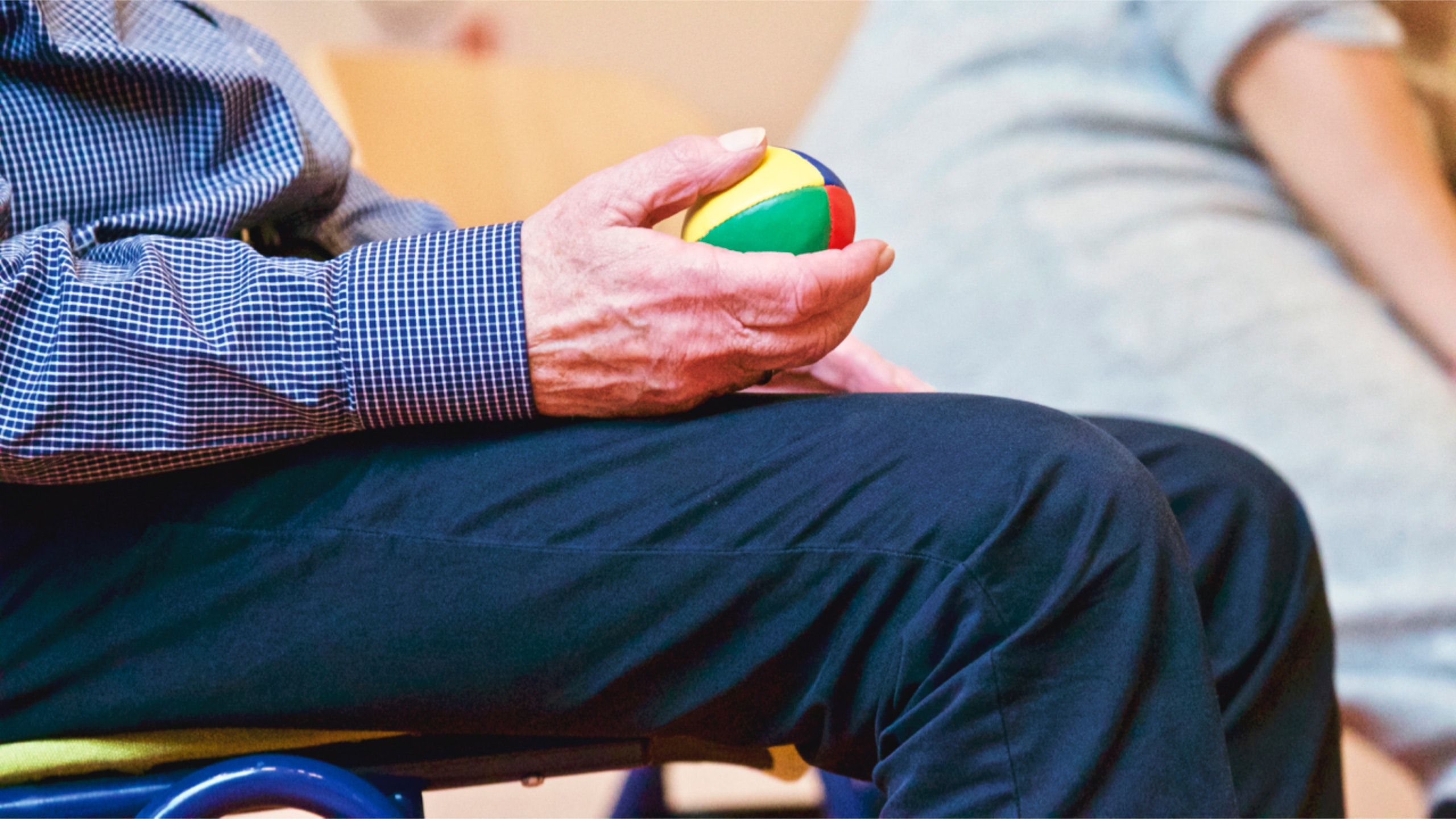Originally published in McKnight’s
By Betsy Rust
Baby boomers likely recall, in flickering black-and-white, kindly physicians making house calls on television and in the movies. Older Americans may remember real home visits by besuited doctors toting emblematic little black bags containing a stethoscope, sachets of sedatives and sundry medical supplies.
That long-mourned practice is seeing slow revival of sorts, and the trend may accelerate as the population ages, health care economics change and technology advances.
About 3% of doctors made three or more house calls a week in 2013, the most recent year for which data exists; and about 13 percent made what they called regular house calls, compared to only 1% in 1980, according to the American Academy of Family Physicians.
In the Great Depression, however, house calls accounted for 40% of all patient interactions with doctors, according to an article in Clinics in Geriatric Medicine.
The increased personalization that house calls provide is an obvious benefit, as is the extra time the visits afford physicians to spend with patients. Indeed, patients waste 1.2 billion hours in doctors’ waiting rooms each year.
Some physicians, to help inform their ongoing care, also prefer seeing how patients live at home.
But the biggest beneficiary may be those in treatment in the senior care health system, as many elderly — particularly those who are frail, sickly or advanced in age — find it difficult or maybe unwise, because of fears of catching or spreading illness, to travel to doctors’ offices.
Older seniors are a rapidly growing demographic, too. The number of Americans ages 80 to 84 alone is expected almost to double over the next 15 years, from 5.7 million to 10.5 million.
But house calls aren’t just a boon for the convenience-seeking patients. They also push down healthcare costs. For example, a recent three-year primary home care demonstration program for Medicare recipients saved more than $25 million in its first year, according to research published in the Journal of the American Geriatrics Society.
Costs also were $8,477 per person lower, over two years, for home care patients than for similar patients who didn’t receive house calls. High cost metrics like hospitalization rates, emergency room admittances and specialist visits were lower by 9, 10 and 23 percent, respectively, among those studied in the research.
Other studies, incidentally, have attributed home care to decreases in mortality rates, increases in patient-filled prescriptions and a slowing of cognitive decline.
House calls also may help lower readmission rates, which hospitals must do to avoid penalties under the Affordable Care Act. They also may encourage hospitals to discharge patients to home healthcare rather than nursing homes, which many, if not most, patients would rather avoid and often don’t need.
However, potential barriers exist to the continuing growth of house calls. Critics complain that home visits fragment care to the detriment of patients. Others cite logistical difficulties as well as the longer time doctors spend on patients in home care, noting that this inevitably means that doctors making house calls are likely cutting the number of patients they see, not to mention the amount of revenue they earn.
The biggest problem, however, may be the supply of doctors. A shortfall of 90,000 physicians will exist by 2025, according to the Association of American Medical Colleges.
This shortage will place increasing time pressures on those in the field, obviate the ability to make time-consuming house calls and perhaps prompt more nursing practitioners and physician assistants, whom generally charge less for their services, into making the visits instead.
Insurance may be an issue, too. Most insurers will only reimburse for house calls if a patient cannot or should not travel to a doctor’s office.
Still, the benefits are manifold. And given the cost-driven push for more home and community-based services throughout the senior healthcare ecosystem, perhaps house calls will someday turn today’s image of impatient patients flipping through old magazines in a crowded physician waiting room into a thankfully, sepia-toned thing of the past.
Betsy Rust, CPA, is a consulting partner with Plante Moran‘s senior care and living practice.

